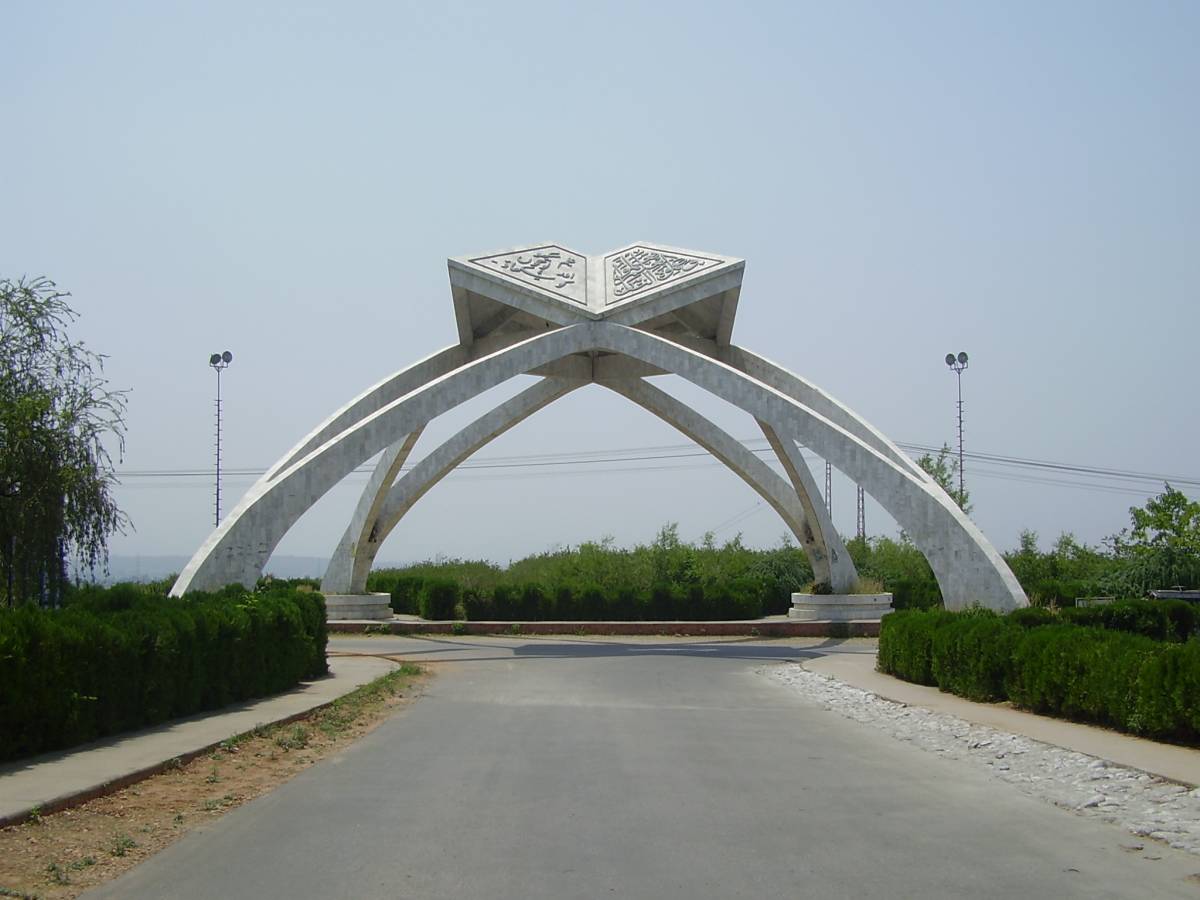
The Geological Disposal Facility (GDF) project in Britain, which aims to store the country’s growing amount of radioactive waste, has become the most expensive and lengthy major infrastructure project. Scientists at the Nuclear Waste Service (NWS), in charge of the project’s design, estimate that it will take over 150 years to complete at a total cost of $83 billion. This cost surpasses that of major construction projects in the UK like the Hinkley Point C nuclear power plant and the HS2 London – Birmingham railway.
The volume of radioactive waste alone requires space equal to 8 Albert Hall auditoriums. The cave complex would need to be even larger to include additional tunnels, requiring the excavation of twice the volume of rock. British authorities are still deliberating on the location for the GDF, with potential sites narrowed down to two off the coast of Lincolnshire and Cumbria.
The plan involves digging tunnels deep under the sea to create silos in impermeable clay and mudstone where the waste will be stored. The project’s scale is immense due to the long-lasting radioactive nature of the waste, which remains dangerous for thousands to billions of years. Without a proper storage solution, experts warn that sustainability is at stake for both human life and future generations who may live near these sites.
Local environmental organizations are raising concerns about potential GDF sites near tourism hotspots such as Mablethorpe and Copeland, stating that this could negatively impact their economies. Protests against these plans have already been organized by concerned citizens who want their communities protected from any harm caused by nuclear waste storage facilities.
The debate surrounding this project highlights how challenging it can be to manage nuclear waste responsibly while ensuring public safety and environmental protection concerns are addressed simultaneously.





